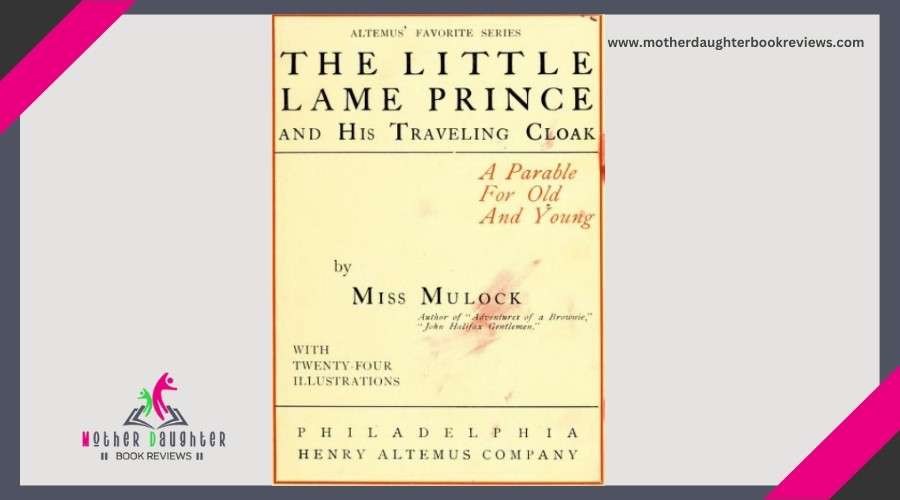Perseverance and Determination in The Little Engine That Could

The story follows a small engine that bravely takes on the challenge of pulling a stranded train over a mountain when others refuse. As it chugs along, repeating the famous mantra "I think I can," it shows how a positive mindset and relentless drive can overcome any obstacle. This timeless narrative teaches you that self-belief and persistence are key to achieving your goals.
The Origins of the Classic
"The Little Engine That Could" has charmed readers for generations, but its origins are just as compelling as the story itself. This timeless tale, often attributed to Watty Piper, is actually a pseudonym for Arnold Munk, a Hungarian immigrant who founded the publishing firm Platt & Munk. Munk's background, steeped in the rich tradition of storytelling, helped shape the narrative that has inspired so many.
The publication history of this story is somewhat complex. The story's roots can be traced back to a 1902 publication in a Swedish journal. However, it wasn't until 1930, under Munk's direction, that the now-famous version was published by Platt & Munk. Munk believed in the power of positive thinking and perseverance, themes that are evident throughout the book.
This classic tale has seen numerous editions and adaptations over the years, solidifying its place in children's literature. The phrase "I think I can" has become synonymous with determination, a reflection of the story's enduring appeal. By understanding the author's background and the publication history, you gain a deeper appreciation for this beloved book's voyage through time.
Plot Summary
Understanding the rich history behind "The Little Engine That Could" enriches the appreciation of its plot, which captivates readers with a simple yet powerful narrative. You'll find yourself drawn into the tale of a stranded train filled with toys and treats for children on the other side of a mountain. Several engines, each representing different traits, refuse to help the stranded train, citing their own limitations or duties. This setup uses effective plot devices to highlight the central conflict.
As the narrative structure unfolds, you're introduced to the titular Little Blue Engine, who, despite being small and inexperienced, agrees to take on the intimidating task. The passage over the mountain is the story's crucial moment, emphasizing the engine's mantra, "I think I can, I think I can." This repetitive phrase not only drives the plot forward but also cements the engine's determination.
The climax occurs as the Little Blue Engine successfully pulls the train over the mountain, delivering the toys and treats. The resolution showcases the power of perseverance, leaving you inspired by this classic tale. The simple narrative structure guarantees that its message is clear and impactful.
Themes of Determination
You see the little engine setting a clear goal: to get over the mountain and deliver the toys to the children. This simple yet powerful act of goal setting serves as a cornerstone for the story's message.
Throughout the expedition, the little engine faces numerous obstacles, each one more intimidating than the last. Yet, it never wavers. The engine's mantra, "I think I can, I think I can," becomes a powerful tool for overcoming obstacles. It teaches you that believing in yourself is half the battle.
Consider these key elements that highlight the theme of determination:
- Goal setting: The little engine knows exactly what it must achieve.
- Positive mindset: The repetitive chant bolsters its resolve.
- Resilience: Despite the challenges, it keeps pushing forward.
- Self-belief: Confidence fuels its expedition.
- Focus: The engine remains unwaveringly concentrated on its mission.
Perseverance in Action
Drawing from the theme of determination, let's investigate how perseverance plays an essential role in "The Little Engine That Could." As the little engine commences its expedition, it demonstrates a relentless drive to overcome each obstacle in its path. You see the little engine, faced with a formidable hill, initially doubts its own capabilities. But instead of giving up, it finds inner strength and motivation sources to push forward.
You can witness perseverance in action as the engine ascends the steep incline. It doesn't stop, even when the trek seems impossible. The little engine's unwavering commitment to its goal showcases how steadfastness can lead to success.

Character Analysis
Examining the characters in "The Little Engine That Could" offers deep insights into the story's core themes and lessons. You'll find that each character plays a crucial role in conveying the message of determination and perseverance. The Little Blue Engine's personality stands out; it embodies optimism and resilience, transforming the phrase "I think I can" into a powerful mantra.
The supporting characters, however, shouldn't be overlooked. They add layers to the narrative and emphasize different aspects of the central theme. Here's a closer look:
- Rusty Old Engine: Represents doubt and weariness, showing what happens when self-belief falters.
- Big Strong Engine: Symbolizes arrogance and the refusal to help, highlighting the importance of humility.
- Passenger Engine: Indicates indifference, emphasizing the value of empathy and support.
- Toy Clown: Acts as a catalyst, urging others to take action and keep hope alive.
- Little Blue Engine: The heart of the story, her can-do attitude and unwavering spirit inspire readers of all generations.
Through these characters, you see a spectrum of attitudes toward challenges, underscoring the significance of a positive engine personality and the impact of a supportive environment.
Cultural Impact
"The Little Engine That Could" has left an indelible mark on popular culture, influencing generations with its timeless message of perseverance and optimism. It's more than just a children's story; it's embedded in the cultural fabric of society. You've probably heard the iconic phrase "I think I can," which has transcended the book to become a mantra of determination for people of all walks of life.
The societal influence of "The Little Engine That Could" is also remarkable. It's often cited in motivational speeches and educational programs, reinforcing the idea that persistence pays off. Parents and educators use the story to teach children resilience and a positive attitude. Even outside the classroom, its core message connects in workplaces and personal lives, encouraging you to face challenges head-on.
Lessons for Modern Readers
In the current fast-paced world, "The Little Engine That Could" offers valuable lessons that remain relevant and impactful. This classic tale isn't just for children; it provides timeless life skills for all generations. The story demonstrates the power of positive thinking and determination, vital elements in overcoming life's challenges.
Consider these lessons you can apply:
- Persistence Pays Off: The little engine's mantra, "I think I can," highlights the importance of persistence. Even when tasks seem intimidating, pushing forward with belief can lead to success.
- Self-Belief: Confidence in your abilities is a key takeaway. The little engine believed it could, and so it did. Self-belief can propel you through difficult times.
- Helping Others: The engine's willingness to assist highlights the value of community and cooperation. Helping others can create a supportive environment.
- Facing Adversity: The story is a motivational reminder that facing challenges head-on, rather than avoiding them, leads to growth and achievement.
- Optimism: Maintaining a positive attitude, even in the face of adversity, is fundamental. Optimism can be a powerful motivator and guide you through tough situations.
These motivational stories from "The Little Engine That Could" instill practical life skills, preparing you to navigate modern-day hurdles with resilience and optimism.
Conclusion
This beloved story captures your imagination with its illustrative storytelling and enduring characters that continue to resonate with readers of all stages of life. The narrative's simplicity and charm draw you in, making you cheer for the little blue engine as it faces seemingly insurmountable odds.
Through its illustrative storytelling, "The Little Engine That Could" paints vivid images in your mind. You can almost see the determined little engine chugging up the steep hill, hear its repetitive mantra, "I think I can," and feel the triumph when it ultimately succeeds. These engaging elements guarantee the story's timelessness, allowing it to be passed down from one generation to the next.




